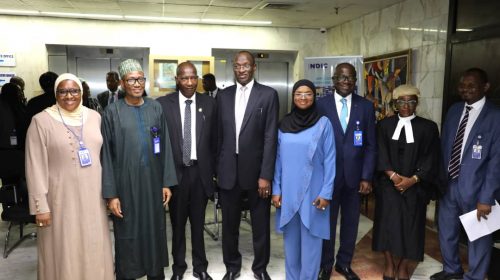Global reinsurance capital up 7% to $658bn in 2020: Willis Re

By Charlie Wood —– Strong investment market appreciation helped global reinsurance industry capital grow 7% to $658 billion at year-end 2020, according a new report from Willis Re.
While new capital raised by both incumbents and new entrants added to the final total, Willis Re says capital returns to shareholders exceeded those new investments.
Willis Re’s analysis of 17 reinsurers found a deterioration to the subset’s reported combined ratio, from 100.6% in 2019 to 104.1% in 2020.
While the report states that this is entirely due to COVID loss reserving, it notes that on an underlying basis the combined ratio actually improved from 103.1% to 100.7%.
This is reportedly the first full-year improvement in this ratio since at least 2014.
Meanwhile, return on equity (ROE) has been found to have remained under pressure.
The Subset companies’ reported ROE fell from 9.7% to 2.7%, and the underlying ROE also fell from 3.2% to 1.3%.
Willis Re says the underlying deterioration was due to declining investment yields more than offsetting the better underlying underwriting performance.
On both a reported and underlying basis, the ROE was found to have remained well below the industry’s cost of capital.
“Such a solid development of the global reinsurance industry’s capital base would hardly have been expected earlier last year, as the COVID pandemic was gathering pace,” said James Kent, Global CEO, Willis Re.
“Willis Re’s analysis provides clear evidence of the strength and resilience of reinsurance market capacity. Reinsurers and insurers alike must contend with the challenges of low interest rates.
“But, looking through the turbulence of COVID and nat cat claims, and a declining reliance on reserve releases, there is a clear improving trend in underwriting profitability






Leave a Reply